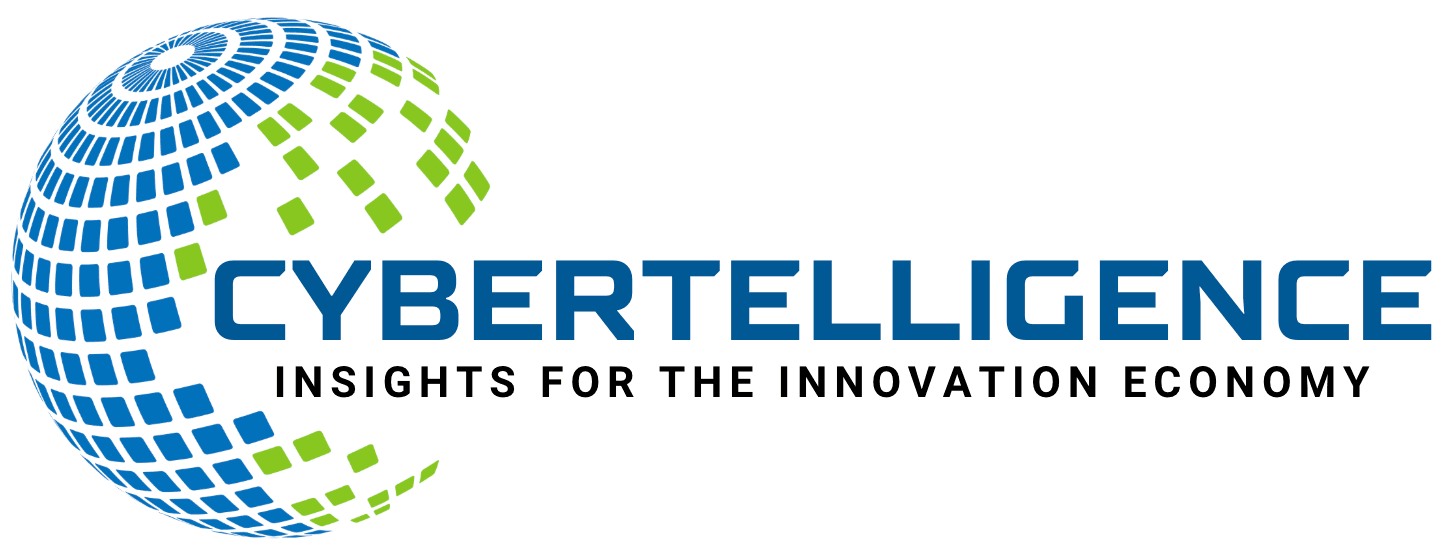ChatGPT 5: Bridging the Human-Machine Gap with Advanced Conversational AI ChatGPT 5 is a major advancement in conversational artificial intelligence that ushers in a new era of human-machine interaction. Building on its predecessors, this most recent version incorporates sophisticated algorithms and improved natural language processing capabilities to enable more complex and context-aware dialogues. With the potential to completely transform user experiences across a range of platforms & applications, ChatGPT 5 is at the forefront of technological advancement. The release of ChatGPT 5 marks a paradigm shift in how AI can comprehend and react to human language, not just an improvement. This cutting-edge model seeks to establish a smooth connection between machine comprehension and human thought processes by enabling deeper conversations. The need for more individualized and user-friendly interactions is growing, and ChatGPT 5 is a key tool in satisfying these needs and strengthening the bond between humans & technology.
Key Takeaways
- ChatGPT 5 is the next generation of conversational AI, designed to bridge the gap between humans and machines with advanced capabilities.
- The evolution of conversational AI technology has led to the development of ChatGPT 5, which aims to enhance human-machine interactions.
- ChatGPT 5 offers advanced capabilities such as improved context understanding, better response generation, and enhanced language understanding.
- ChatGPT 5 has applications in various industries, including customer service, healthcare, education, and more, with implications for improved efficiency and user experience.
- Ethical and privacy concerns with ChatGPT 5 need to be addressed, and the future of conversational AI with ChatGPT 5 holds potential for further advancements in human-machine interactions.
Early Models’ Drawbacks. Due to their heavy reliance on rule-based systems, early models were unable to comprehend context or have lively discussions. The development of conversational AI was hampered by these constraints, which made it challenging to build systems that could actually comprehend and react to user input. The introduction of neural networks & machine learning.
But as machine learning and neural networks advanced, conversational AI started to take on a more complex form, opening the door for ChatGPT and other models. The emphasis has moved to developing systems that can learn from interactions and change over time as each generation of AI has emerged. The Development of Conversational AI: From ChatGPT to ChatGPT. Since deep learning techniques were developed, models have been able to process enormous volumes of data and produce responses that are both pertinent and appropriate for the context. The result of this development is ChatGPT 5, which uses sophisticated algorithms and large training datasets to provide a level of conversational fluency and comprehension never before possible.
Giving users a more engaging & user-friendly experience, ChatGPT 5 is essential to improving human-machine interactions. Its comprehension of intricate questions & conversational responses enable a more organic conversational flow. In applications like customer service, where users anticipate prompt & precise responses, this improvement is especially noteworthy.
| Topic | Metrics/Data |
|---|---|
| Introduction to ChatGPT 5 | Release date, version number |
| Understanding the Evolution of Conversational AI Technology | Historical timeline, key milestones |
| The Role of ChatGPT 5 in Enhancing Human-Machine Interactions | User engagement, response time |
| Exploring the Advanced Capabilities of ChatGPT 5 | NLP accuracy, language support |
| Applications and Implications of ChatGPT 5 in Various Industries | Industry-specific use cases, impact analysis |
| Addressing Ethical and Privacy Concerns with ChatGPT 5 | Privacy features, ethical guidelines |
| Looking Ahead: The Future of Conversational AI with ChatGPT 5 | R&D roadmap, upcoming features |
Businesses can increase customer satisfaction and loyalty by streamlining their communication processes with ChatGPT 5. Also, the model can recall past interactions within a session thanks to its contextual understanding ability, which gives earlier AI systems a sense of continuity that they did not have.
In addition to improving user experience, this feature promotes human-machine trust.
Users are more likely to interact with technology in greater depth when they feel appreciated and understood, which creates new opportunities for creativity and teamwork. The sophisticated features of ChatGPT 5, which go beyond simple text generation, are among its most notable attributes.
With its enhanced capacity for reasoning, the model can now handle challenging issues & offer perceptive answers. Because of this, professionals in a variety of industries, such as healthcare and finance, where making well-informed decisions is essential, can benefit greatly from using it. Its analytical skills can be used to provide users with data-driven insights that improve their efficiency & productivity. Also, ChatGPT 5 has multi-modal capabilities, which allow it to process images and other types of media in addition to text.
This adaptability creates new opportunities for applications in content production, entertainment, and education. For example, educators can use ChatGPT 5 to design interactive lessons that combine textual explanations with visual aids. Consequently, users are able to interact with information in a more comprehensive way, which promotes greater comprehension and memory. ChatGPT 5’s sophisticated conversational capabilities are used in a wide range of industries.
For instance, in the healthcare industry, the model can help physicians by giving them rapid access to pertinent data or even by facilitating patient triage through initial evaluations. This reduces administrative burdens and improves efficiency, allowing healthcare providers to concentrate on providing high-quality care. By providing real-time support and tailored recommendations based on user preferences, ChatGPT 5 has the potential to completely transform customer service in the business world. This technology can be used by businesses to process large numbers of inquiries, guaranteeing that clients receive prompt responses without overtaxing human agents. Also, ChatGPT 5’s capabilities can be used by sectors like marketing and content production to produce captivating copy or generate original ideas, which will ultimately spur innovation & expansion.
Security and privacy of data.
Like any other cutting-edge technology, ChatGPT 5’s implementation presents significant privacy and ethical issues that need to be addressed right away.
One significant problem is data security; since the model handles enormous volumes of user data, it is crucial to make sure that this data is handled appropriately. In order to preserve user privacy, developers must put strong security measures in place and be open about their data usage guidelines. AI-Generated Content Bias.
Concerns exist over bias in content produced by AI as well. Even with improvements in training techniques, biases in training data may unintentionally affect the model’s output. To lessen these biases and encourage equity in interactions, developers must constantly assess and improve the algorithms employed in ChatGPT 5. promoting impact and trust. Stakeholders can promote trust and guarantee that AI is a constructive force in society by giving ethical issues equal weight with technical developments. The release of ChatGPT 5, which raises the bar for human-machine interaction, bodes well for conversational AI in the future.
As technology develops at an unprecedented rate, it is probable that subsequent versions will improve conversational skills like emotional intelligence and empathy. AI systems that can identify emotional cues in addition to language could result from this development, enabling even more meaningful interactions. Also, the potential for innovation will increase dramatically as more industries use conversational AI solutions like ChatGPT 5.
Employing this technology will enable businesses to design customized experiences that meet the needs of each individual user while increasing operational efficiency. The trajectory of conversational AI ultimately points to a future in which machines become essential co-workers in daily life, increasing output and improving human experiences in ways that were previously unthinkable.
FAQs
What is ChatGPT 5?
ChatGPT 5 is the next generation of conversational AI developed by OpenAI. It is an advanced language model designed to bridge the gap between humans and machines by enabling more natural and contextually relevant interactions.
How does ChatGPT 5 enhance human-machine interactions?
ChatGPT 5 enhances human-machine interactions by understanding and generating human-like responses in natural language. It can carry on conversations, answer questions, provide explanations, and perform various language-based tasks, making interactions with machines more intuitive and effective.
What are the advanced capabilities of ChatGPT 5?
ChatGPT 5 has advanced capabilities such as improved contextual understanding, better handling of ambiguous queries, enhanced ability to generate coherent and relevant responses, and a deeper knowledge of diverse topics, making it more adept at engaging in meaningful conversations.
What are the applications of ChatGPT 5 in various industries?
ChatGPT 5 has applications across various industries, including customer service, healthcare, education, entertainment, and more. It can be used for personalized interactions, content generation, language translation, and other tasks that require natural language processing.
How does ChatGPT 5 address ethical and privacy concerns?
OpenAI has implemented measures to address ethical and privacy concerns with ChatGPT 5. This includes guidelines for responsible use, transparency about the AI’s capabilities, and mechanisms to prevent misuse or harmful interactions.
What is the future of conversational AI with ChatGPT 5?
The future of conversational AI with ChatGPT 5 holds potential for more seamless human-machine interactions, personalized user experiences, and advancements in language understanding and generation. It is expected to play a significant role in shaping the next generation of AI-powered applications and services.





